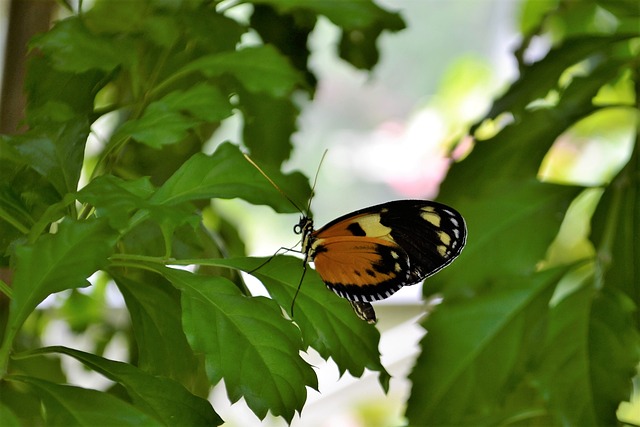As humans, it’s normal to be curious about the natural world around us. Among the arachnids, some creatures have been subjected to all sorts of myths and misconceptions due to their name and size. One of these creatures is the Daddy Longlegs or Harvestman.
The answer to this alluring question is Yes and No. Strengthened by the abundance of myths and much-exaggerated information about the Daddy Longlegs, this eight-legged arthropod attracts most people’s attention. Let us delve deep into the facts and uncover the truth about this mysterious arachnid.
Daddy Longlegs Anatomy
What is a Daddy Longlegs?
Daddy Longlegs (Opiliones) belong to the arachnid class and is a separate species of spiders. This eight-legged arthropod is known by alternative names such as cellar spider, harvest spider, granddaddy, and granddaddy-long-legs. They have one body segment and two eyes. The average size of the daddy longlegs is 1/8th of an inch to 1/2 an inch depending on the species.
Where do Daddy Longlegs Live?
The Daddy Longlegs species live all over the world in temperate climates. They mostly inhabit dark places such as moist cellars, closets, and attics. They can also be found in woodpiles and rocks and are abundant in gardens, woodlands, and near streams.
Behavior and Diet of Daddy Longlegs
What do Daddy Longlegs Eat?
Daddy Longlegs, just like other spiders, feed on a wide variety of soft-bodied elements. They mainly consume small insects such as ants and gnats, but they can also sustain themselves with bacteria, mites, small worms and other arthropods.
Are Daddy Longlegs Aggressive?
Daddy Longlegs, generally, are harmless and docile and do not possess any inborn instinct for aggression. They are usually passive creatures, who, if disturbed, don’t attack but curl up and stay motionless. Moreover, daddy longlegs lack the capability of biting due to the shape of their mouthparts.
How Do Daddy Longlegs Eat?
Another myth associated with daddy longlegs is the venomous nature of their species. While the chances of these creatures biting you are low, they are, sometimes, portrayed as venomous or poisonous. It is important to understand the anatomy of daddy longlegs and the manner in which they consume their food to counter this myth.
Unlike other predatory spiders, the daddy longlegs have fang-like appendages called chelicerae that mash their prey into meals like scissors. These fangs, however, are not long enough to penetrate human skin and inflict a bite. As a result, the myth of daddy longlegs being venomous is just that – a myth.
What Blood Does Daddy Longlegs Have?
The daddy longlegs have an open circulatory system. This means that their physiology does not include veins and arteries. Instead, their physical fluid flows throughout the body in a system of tubes known as hemocoels. This gives their bodies a clear-transparent hue. This also means that when these creatures are exposed to toxins, their blood isn’t affected.
People Also Ask
Are Daddy Longlegs Poisonous?
No, while the daddy longlegs may have an unpleasant appearance, they are not poisonous.
Are Daddy Longlegs Spiders?
Yes, daddy longlegs are spiders and not insects.
Do Daddy Longlegs Attack Humans?
No, daddy longlegs are not aggressive and cannot attack humans.
How Do Daddy Longlegs Reproduce?
Daddy longlegs reproduce sexually, with a male injecting sperm onto the female genital opening.
No, daddy longlegs lack the physiology to inflict venom upon other creatures, despite popular belief.
Final Words
Daddy longlegs may look daunting, but they are actually docile and harmless, like most spiders. Thankfully, the answer to ” is not affirmative, for their open circulatory system lacks the ability to produce venom and toxin, in addition to their too-short mandibles. Being aware of their behavior and diet can help you stay safe and enjoy the pleasure of their presence in your garden or home.

